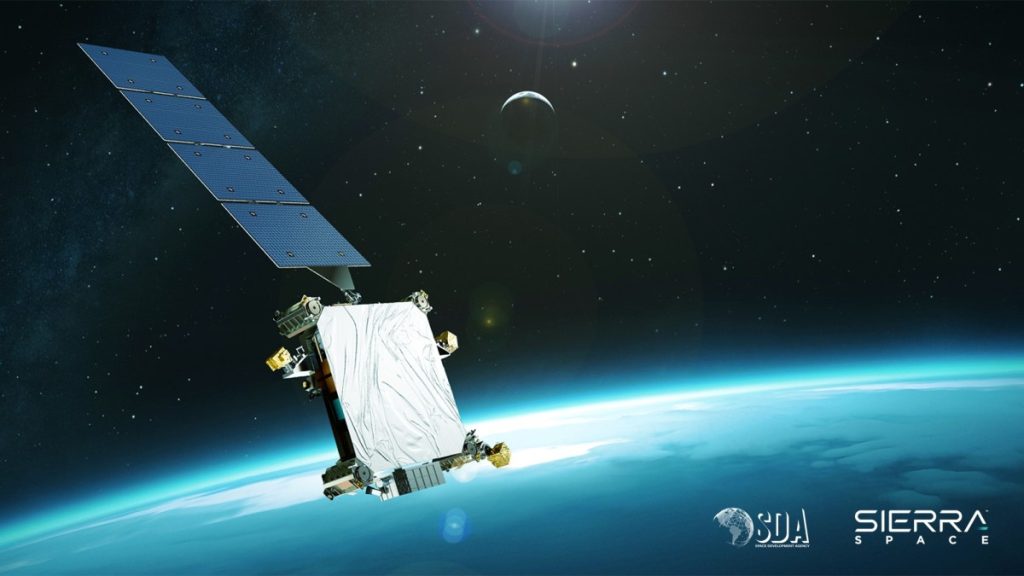WASHINGTON — Sierra Space has cleared an early design review for its missile-warning satellites intended for a military low Earth orbit constellation, the company announced Nov. 12.
The aerospace firm received approval from the Space Development Agency (SDA) to proceed with further development following a successful preliminary design review of its proposed missile-warning satellites. The milestone comes after Sierra Space secured a $740 million contract earlier this year to deliver 18 missile warning and tracking satellites along with associated ground systems.
While primarily known for commercial space initiatives such as the Dream Chaser reusable space plane and Orbital Reef space station, Sierra Space is looking to strengthen its foothold in the national security sector, with a particular emphasis on satellite technology.
The contract falls under the SDA’s Proliferated Warfighter Space Architecture, specifically the Tranche 2 Tracking Layer, a component of the Defense Department’s low Earth orbit constellation. The satellites are scheduled to launch in 2026.
The company is entering a competitive landscape dominated by established defense contractors like Lockheed Martin and L3Harris, making its performance in the Tranche 2 program crucial for its position in the military satellite sector.
Change in payload supplier
Erik Daehler, senior vice president of Sierra Space Defense, said the missile-warning satellite design incorporated some components that Raytheon’s Blue Canyon Technologies (BCT) had planned on using on SDA satellites before Raytheon exited the program due to schedule and cost issues.
Sierra Space conducted its own satellite design “but we did benefit from some of BCT’s previous work for the SDA,” Daehler told SpaceNews. “This helped reduce schedule risk and brought flight heritage to our satellite design.”
The company focused heavily on supplier management leading up to the design review. “With a program as fast as SDA’s, you do buy ahead of the major design reviews many of your components to start long-lead parts production,” Daehler explained.
Since winning the SDA contract, Sierra Space has moved away from its initial selection of Geost, a subsidiary of LightRidge Solutions, as the supplier for its 18 infrared-sensing payloads. “We failed to finalize negotiations on that contract and have parted ways,” Daehler said.
Sierra Space is already working with a new payload supplier that has not yet been disclosed.
The company’s next major milestone involves integrating the satellite with optical terminals for satellite-to-satellite laser communications links. While the optical terminal supplier remains undisclosed, Daehler expressed confidence, citing the provider’s previous integration experience.
The SDA contract encompasses the design, production, delivery, operations, and sustainment of 16 missile warning and tracking satellites, plus two additional satellites for missile defense with fire control fidelity. All work will be performed at Sierra Space’s satellite production facilities in Louisville, Colorado.

